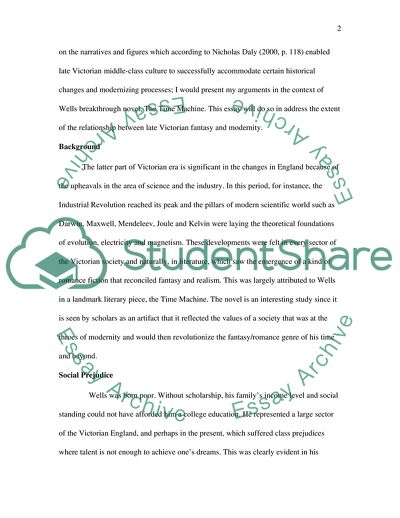Cite this document
(Fantasy in the 1890s Research Paper Example | Topics and Well Written Essays - 2000 words, n.d.)
Fantasy in the 1890s Research Paper Example | Topics and Well Written Essays - 2000 words. Retrieved from https://studentshare.org/literature/1705920-english-literature-fantasy-in-the-1890s
Fantasy in the 1890s Research Paper Example | Topics and Well Written Essays - 2000 words. Retrieved from https://studentshare.org/literature/1705920-english-literature-fantasy-in-the-1890s
(Fantasy in the 1890s Research Paper Example | Topics and Well Written Essays - 2000 Words)
Fantasy in the 1890s Research Paper Example | Topics and Well Written Essays - 2000 Words. https://studentshare.org/literature/1705920-english-literature-fantasy-in-the-1890s.
Fantasy in the 1890s Research Paper Example | Topics and Well Written Essays - 2000 Words. https://studentshare.org/literature/1705920-english-literature-fantasy-in-the-1890s.
“Fantasy in the 1890s Research Paper Example | Topics and Well Written Essays - 2000 Words”. https://studentshare.org/literature/1705920-english-literature-fantasy-in-the-1890s.


